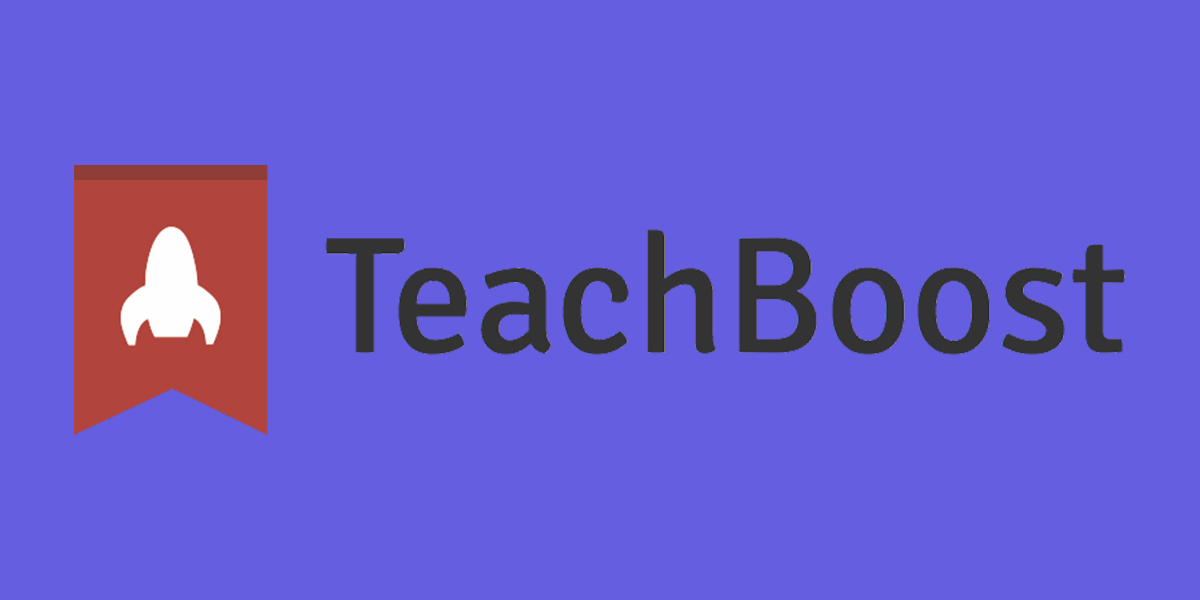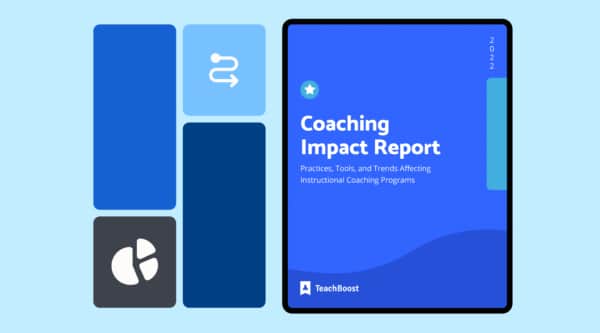


The TeachBoost Coach product team is always listening to feedback from our customers as we share the common goal of helping instructional leaders measure the time, effort, and impact of their coaching programs. We’re excited to share some exciting updates to the Activity Timeline that are a direct result of the thoughtful feedback we’ve received from coaches and leaders.
We know that building relationships is the key to a successful coaching program, one that supports teacher growth and ultimately, improves student outcomes. But, coaches juggle organizational tasks that can detract from this focus. The activity timeline streamlines these tasks so that coaches can spend their time on, well…coaching, strengthening their relationships with teachers and providing much-needed support and consistent follow-up.
Improvements to the Activity Timeline
Our enhanced activity timeline allows you and your team to access a one-stop shop to help everyone stay organized and focused on building relationships. Here’s how we’ve made the timeline even more powerful for you and your team:
- Condensed related activities to meetings and classroom visits in a single view
- Made it quicker to add notes, next steps, and resource/evidence related to previous and current interactions with coachees
The updated activity timeline saves time and can play a significant role in making coaches more successful.
What is Transformational Coaching
Elena Aguilar shares a short one-pager that explores the three Bs of Transformational coaching and provides strategies to explore three domains of who we are: behaviors, beliefs, and being.
Seven Factors for Success
Jim Knight describes his Seven Success Factors that contain fundamental knowledge and resources in the following areas:
- The Partnership Principles
- Communication Skills
- Coaches as Leaders
- The Impact Cycle
- Data
- Teaching Strategies
- System Support
Teach to Win
Jim Knight returns to expand on his Seven Success Factors with a more in-depth explanation than the piece above. This is a PDF that can easily be downloaded and shared. It is a good way to discuss setting up a teacher leader program at the school or district level.
Tips for Launching High School Coaching Cycles
Thomas Ferrebee, from Diane Sweeney’s website), specifically addresses possible hurdles with starting a coaching program at the high school level and provides helpful tips to address these specific challenges
- Tip #1 – Co-Plan How You Will Introduce Your Role and the Process
- Tip #2 – Co-Plan into Co-Teaching
Getting Started with Student Centered Coaching
Diane Sweeney discusses her seven principles for setting up a coaching program. This article has helpful diagrams and also timelines for thinking through milestones when starting a coaching program.
The 10 Key Elements of Transformational Coaching
Linda Yaron, a National Board certified teacher, provides another take on setting up a coaching program. In addition to her 10 key elements for coaching programs, she shares sample questions for pre-observation and reflection questions for after the lesson.
Demonstrating Teaching in a Lab Classroom
Lisa Houk explains how Lapeer Community Schools, a Michigan school district, used the lab classroom model to provide a level of instructional consistency in the district, particularly in the area of literacy. Teacher knowledge, understanding, and application of the writing workshop model within the district varied significantly. Using this teacher leadership model helped align practice across the district.
We hope these articles are helpful to you as you create the vision for your coaching program. Learn more about how other districts are building out their vision — check out the 2022 Coaching Impact Report highlights the bright spots and growth areas that district and instructional leaders need to consider when building a successful, sustainable coaching program. Download Your Free Copy!
Stay Connected
News, articles, and tips for meeting your district's goals - delivered to your inbox.








